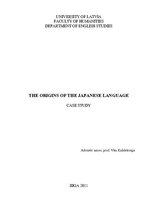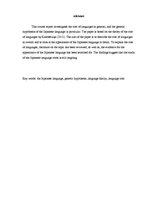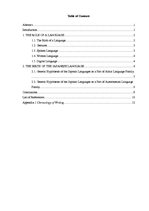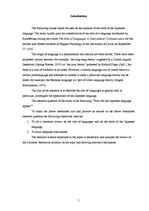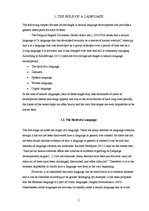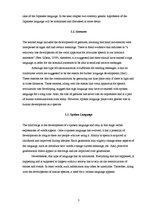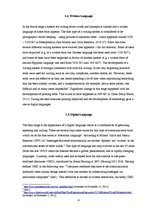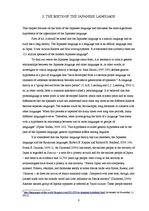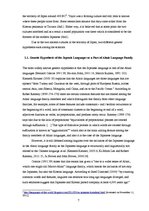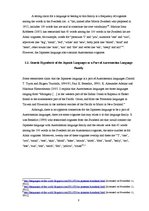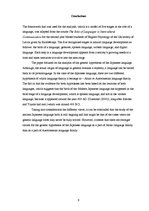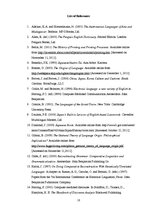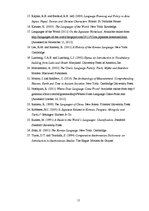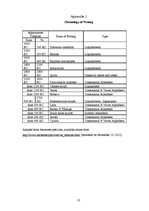-
The Origins of the Japanese Language
| Nr. | Sadaļas nosaukums | Lpp. |
| Abstract | 1 | |
| Introduction | 1 | |
| 1. | THE ROLE OF A LANGUAGE | 2 |
| 1.1. | The Birth of a Language | 2 |
| 1.2. | Gestures | 3 |
| 1.3. | Spoken Language | 3 |
| 1.4. | Written Language | 4 |
| 1.5. | Digital Language | 4 |
| 2. | THE BIRTH OF THE JAPANESE LANGUAGE | 6 |
| 2.1. | Genetic Hypothesis of the Japonic Languages as a Part of Altaic Language Family | 7 |
| 2.2. | Genetic Hypothesis of the Japonic Languages as a Part of Austronesian Language Family | 8 |
| Conclusions | 9 | |
| List of References | 10 | |
| Appendix 1 Chronology of Writing | 12 |
The following course report focuses on the analysis of the birth of the Japanese language. The study builds upon the classification of the role of a language introduced by Kalnbērziņa during the course The Role of Languages in Intercultural Communication for the second year Master students of English Phylology of the University of Latvia on September 27, 2010.
The origin of language is a phenomenon that has not yet been solved. There have been proposed various theories, for example, ‘the sing-song theory’ sugested by a Danish linguist Jesperson (George Boeree, 2003) or ‘the ta-ta theory’ proposed by Richard Paget (ibid.), but there is a lack of evidence in all cases. However, a certain language can be traced back to a certain protolanguage and attempts to classify it under a particular language family can be made, for example, the Estonian language is a part of Uralic language family (Angela Marcantonio, 2002).
The aim of the research is to describe the role of languages in general and, in particular, investigate the appearance of the Japanese language.
The research question of the study is the following: “How did the Japanese language appear?”…
This course report investigates the role of languages in general, and the genetic hypothesis of the Japanese language in particular. The paper is based on the theory of the role of languages by Kalnbērziņa (2011). The aim of the paper is to describe the role of languages in overall and to look at the appearance of the Japanese language in detail. To explain the role of languages, literature on the topic has been reviewed, as well as, the evidence for the appearance of the Japanese language has been searched for. The findings suggest that the study of the Japanese language roots is still ongoing.

